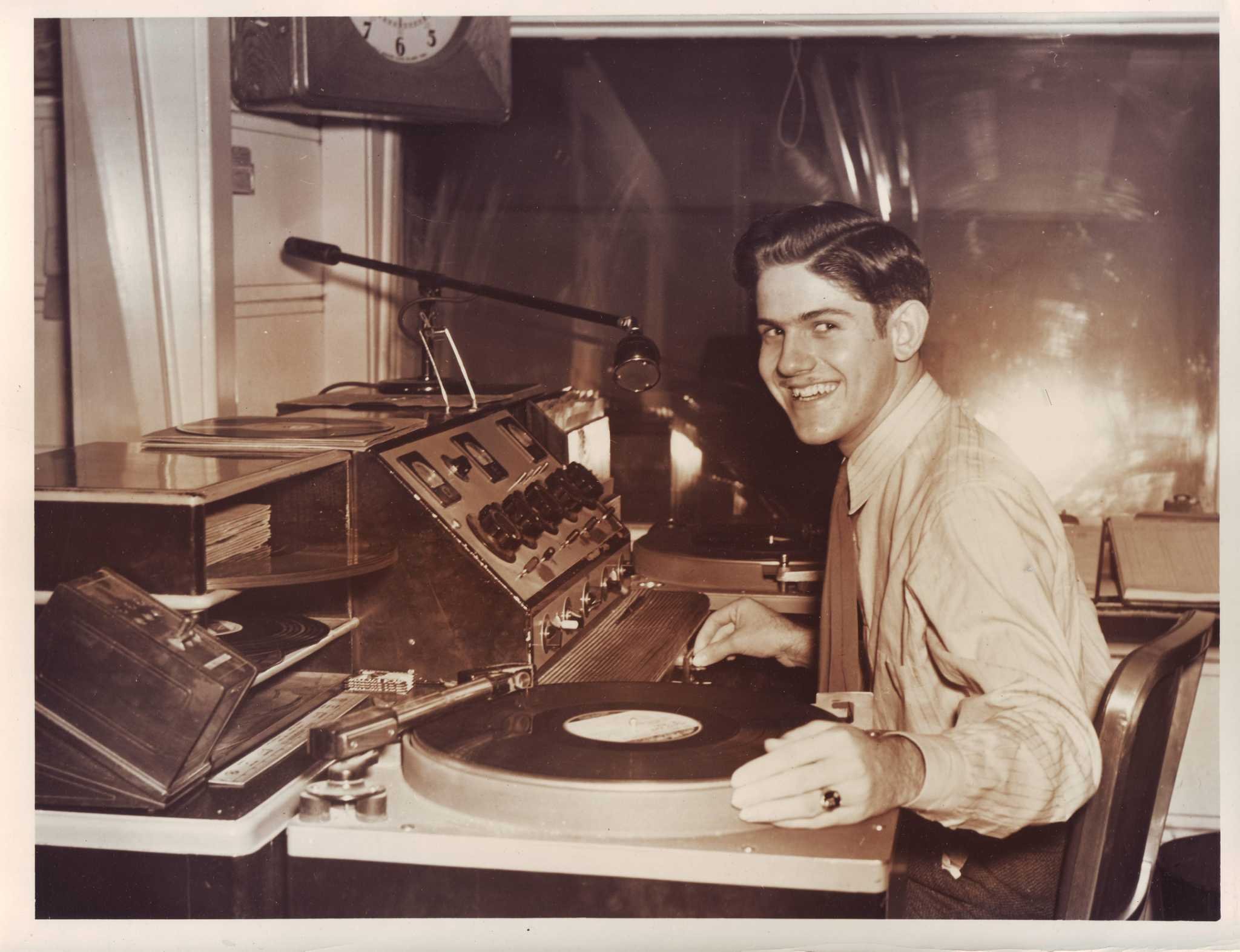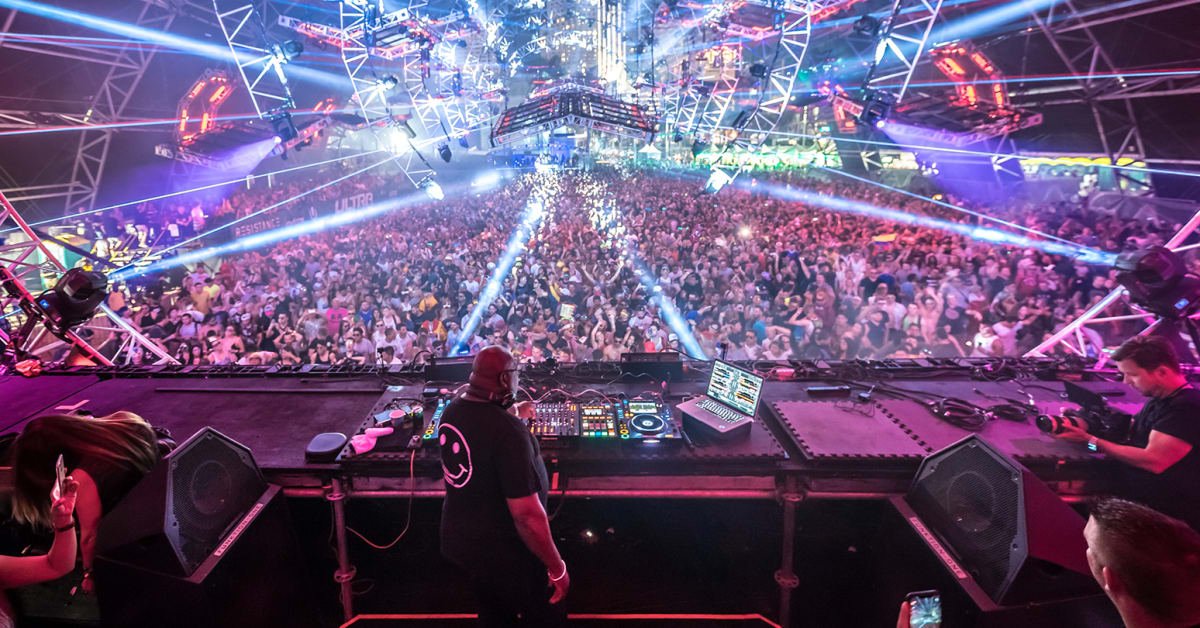A Short History of DJing
The history of DJing is a fascinating saga that spans the globe, tracing the evolution of a practice that started as a mere function of playing records to becoming a form of artistry that shapes the music industry and popular culture. This journey from obscurity to global prominence mirrors the technological, social, and cultural shifts that have occurred over the past century. DJing, at its core, is about curating and manipulating music to create new forms of expression and connect with audiences on a visceral level.
The Roots of DJing: 1930s-1940s
The term "disc jockey" (DJ) was reportedly first used in 1935, but the roots of DJing can be traced back even further, to the days when radio broadcasters would play phonograph records on the air. However, it wasn't until the 1940s and the post-war era that the concept of a DJ, someone who plays records for a live audience, began to take shape. In the dance halls of the United States and Europe, DJs started to gain prominence, albeit still overshadowed by live bands and orchestras.
The Rise of the DJ: 1950s-1960s
The 1950s and 1960s saw a cultural shift towards recorded music, with the DJ becoming a central figure in nightlife and entertainment. This era marked the emergence of the mobile DJ, who would bring his own turntables, records, and sound systems to parties, dances, and events. In Jamaica, sound system culture began to take root, with DJs playing a crucial role in the local music scene, setting the stage for what would later evolve into modern DJing practices.
The Birth of Turntablism: 1970s
The 1970s were a pivotal decade for DJing, witnessing the birth of turntablism. DJs like Kool Herc, Grandmaster Flash, and Afrika Bambaataa, among others, began experimenting with their turntables, using them as instruments to manipulate records and create new music. This period saw the invention of techniques such as scratching, beat juggling, and mixing, which would become fundamental to the art of DJing. It was also during this time that DJing began to spread across different genres of music, from disco to rock and beyond.
The Expansion and Diversification: 1980s
The 1980s marked a period of rapid expansion and diversification for DJing. The disco era, despite its commercial peak and subsequent backlash, played a significant role in elevating the DJ to a position of prominence in the dance music scene. Meanwhile, the burgeoning hip-hop culture further solidified the DJ's status as not just a music selector but a creative artist. This decade also saw the advent of new technologies, such as the Technics SL-1200 turntable, which became the standard tool for DJs due to its durability and high torque, facilitating advanced turntablism techniques.
The Digital Revolution: 1990s to 2000s
The 1990s and 2000s brought about the digital revolution, transforming DJing from a niche skill into a global phenomenon. The introduction of digital audio technology, including CDJs (CD players designed for DJing) and later, software-based DJing tools like Serato and Traktor, made it easier for aspiring DJs to enter the field. These technologies democratized DJing, allowing for greater creativity, accessibility, and flexibility in how DJs performed and produced music.
The Age of the Superstar DJ: 2000s to Present
The turn of the millennium witnessed the rise of the superstar DJ. Artists like Tiësto, Armin van Buuren, and later Calvin Harris and David Guetta, among others, achieved celebrity status, headlining major music festivals and commanding significant fees for their performances. This era saw electronic dance music (EDM) explode in popularity, with DJs at the forefront of this global movement. The DJ had now become a key influencer in the music industry, capable of crafting hits, shaping trends, and attracting massive audiences.
DJing Today and Beyond
Today, DJing continues to evolve, with technology playing a central role in its development. The rise of streaming services and social media platforms has created new opportunities for DJs to showcase their skills and connect with audiences worldwide. Meanwhile, the culture of DJing remains as diverse as ever, encompassing a wide range of styles, genres, and communities.
The future of DJing promises further innovation, as emerging technologies such as artificial intelligence and virtual reality begin to open up new possibilities for performance and interaction. Yet, despite these advancements, the essence of DJing remains the same: it is about sharing music, creating moments, and bringing people together.
The history of DJing is a testament to the power of music and innovation. From the early radio DJs to the superstar DJs of today, the journey of DJing reflects the changing landscapes of technology, culture, and society.







